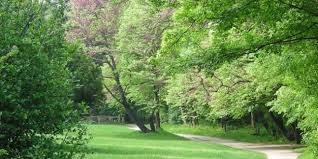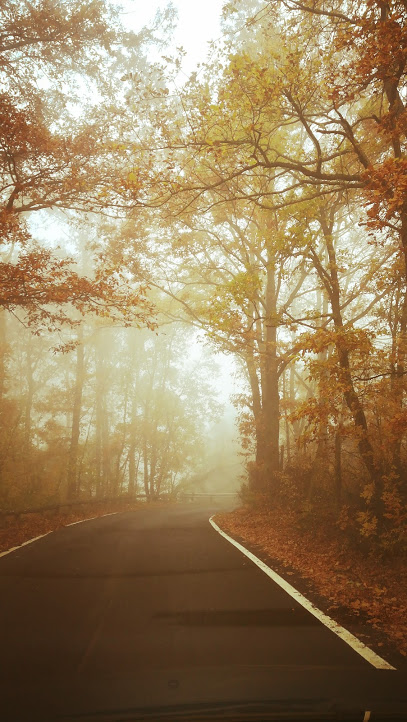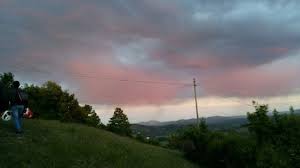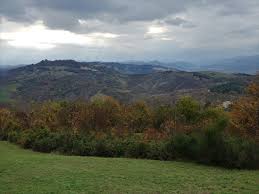Offers beautiful views of the forest, meadows and surrounding rugged terrain. Indeed, at the end of the 19th century, Monte Paderno was one of Bologna's favorite destinations for Sunday and sporting events. For example, the records of the Virus Gymnastic Society indicate the first climb made in 1877. Much of the park now occupies wooded areas and culturally oriented areas have become large lawns available to visitors or gradually reforested. Among the existing species: in the southern slope, soft oak, typical oak of our hills, associated with shrubs such as hawthorn, citiso, wild roses; on the north side facing the barley, black trumpet horn and ostrich associated with hazelnuts, maple, cornelle, lantana.
From a geological point of view, Monte Paderno consists of sand-beige sand and peeling clay plants. Among the clay is also a metallic curiosity: the most famous is the barite, known as the Paderno phosphoric stone for the properties of lighting in its heat-treated chambers. For more information 1) Photo Gallery Text for Isabella Fabry (urban planning and environment), taken from the publication: "Gardens and Gardens of Bologna" of the Film Center Villa Gigi, Composers, Bologna, 1996.
Services
The park is not fenced and has a good network of trails; part of the main paved road. So you can visit on foot or by bike. They are also equipped with benches and break points. The drinking fountain is located on the ruins of Cà di Monte.





